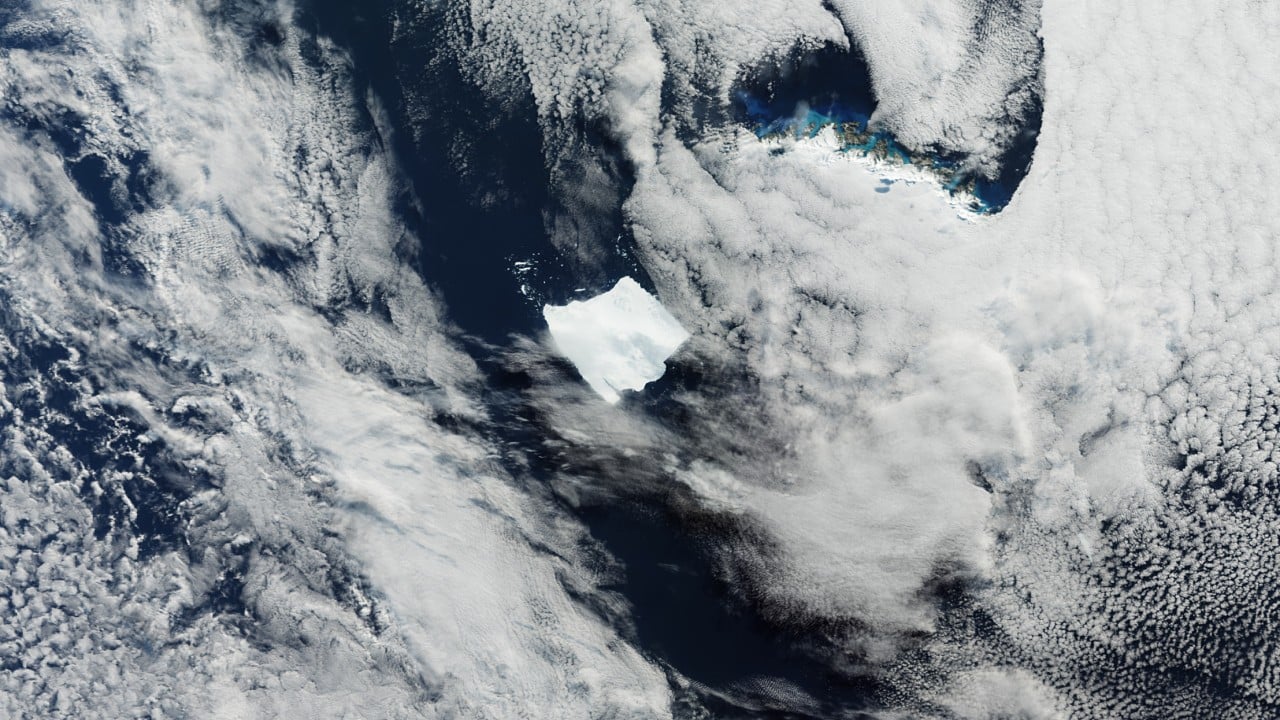Nearly 40 years after breaking off Antarctica, a colossal iceberg ranked among the oldest and largest ever recorded is finally crumbling apart in warmer waters, and could disappear within weeks.
Advertisement
Earlier this year, the “megaberg” known as A23a weighed a little under a trillion tonnes and was more than twice the size of Greater London, a behemoth unrivalled at the time.
The gigantic slab of frozen freshwater was so large it even briefly threatened penguin feeding grounds on a remote island in the South Atlantic Ocean, but ended up moving on.
It is now less than half its original size, but still a hefty 1,770 sq km (683 square miles) and 60km (37 miles) at its widest point, according to Agence France-Presse analysis of satellite images by the EU Earth observation monitor Copernicus.

In recent weeks, enormous chunks – some 400 sq km in their own right – have broken off while smaller chips, many still large enough to threaten ships, litter the sea around it.
Advertisement

